A report by MarketWatch cited figures released by Strategy Analytics, which said smartphones now make up 18% of all mobile phone sales.
Strong sales of smartphones are "driven by healthy operator subsidies, competition between vendors, and a rising number of cheaper models," the report noted, citing Android and Symbian specifically as operating system platforms fueling growth in low cost handsets.
Smartphone makers are not all competing in the same markets however. Strategy Analytics said that "some smartphone vendors, such as Nokia, will chase growing mid-tier volumes in emerging markets such as China and India," while "brands, such as Motorola will focus on mature markets like the US."
Motorola has returned to profitability after giving up high volumes of mobile phone sales to focus on higher-end smartphones like the Android-based Droid/Milestone, which is often described as the closest rival to Apple's iPhone.
Meanwhile, Nokia is struggling to retain its leadership position by focusing on emerging markets. The company sold a record 21.5 million smartphones in the first quarter, but it largely sold cheaper models "in regions including China and South America, while North America remained a 'problem child' for the company," the report stated.
Behind Nokia, RIM sold 10.6 million BlackBerries, keeping Apple in third place globally with its record 8.8 million iPhone sales for the quarter. Apple's share of smartphone sales for the quarter, at 16.4%, is up from the 14.4% share it earned in general during 2009 and up from 10.6% in the year ago quarter.
Apple's growth in the first quarter made it the number one mobile vendor among all US phone makers. Globally, Apple reached a record high of 3% global market share among all mobile phone makers.
RIM's second-place share, at 19.7%, remained relatively static, falling slightly from its 20.3% of the smartphone market in the year ago quarter. Nokia's smartphone sales are up from 38.2% in the year ago quarter to 40% this year. Nokia's definition of smartphones includes a variety of simple, low cost phones that mostly run Symbian.
 Daniel Eran Dilger
Daniel Eran Dilger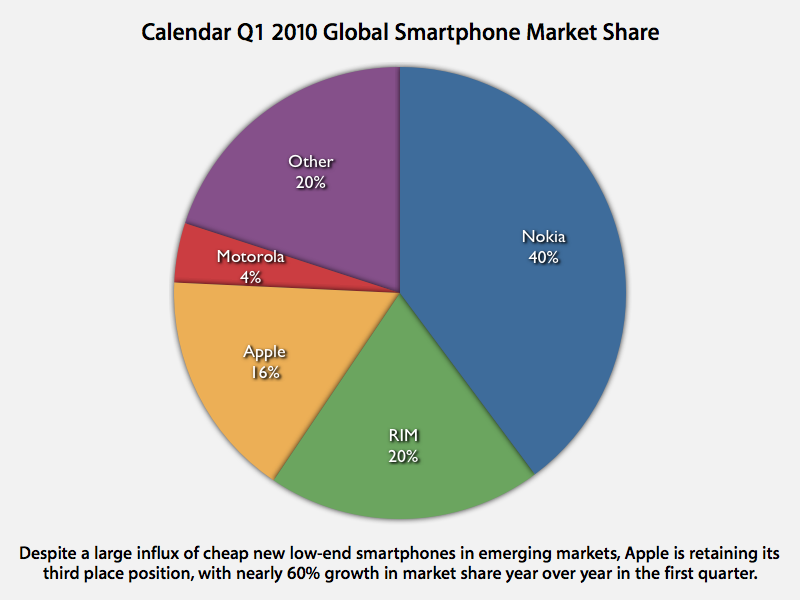




-xl-m.jpg)


-m.jpg)





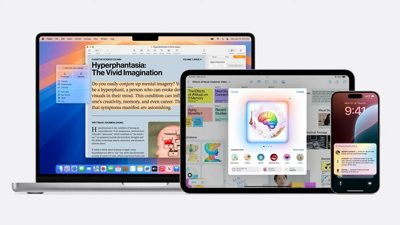
 Malcolm Owen
Malcolm Owen
 William Gallagher
William Gallagher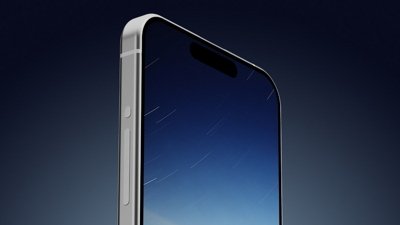
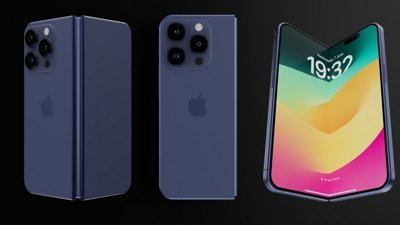
 Amber Neely
Amber Neely
 Andrew Orr
Andrew Orr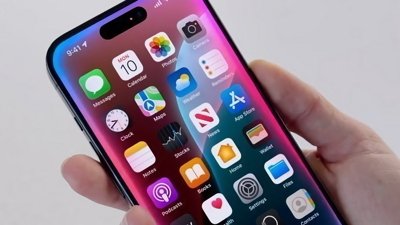


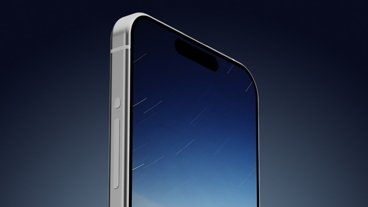







70 Comments
Don't forget RiM uses offset quarters, starting December, still into the holiday dropping season. Does anyone recall why the did that quarter and the next the previous year so we can an idea of what to expect in their next quarter?
Edit: 7.8M
This same chart should be interesting to revisit when updated in 12 months.
Some perspective:"For the first quarter of 2010, Nokia is still the number one global mobile phone company with 36.6 percent market share, followed by Samsung with 21.8 percent, LG with 9.2 percent, and RIM and Sony Ericsson tied at 3.6 percent."
RIM Is First Smartphone Vendor to Crack Top Five Manufacturers
http://www.pcmag.com/article2/0,2817,2363287,00.asp
i'd rather have apple's 3% share.
This is key:
Nokia's definition of smartphones includes a variety of simple, low cost phones that mostly run Symbian.
Nokia's "smartphones." Low-cost, commodity crapware.
Looks like the CEO could get canned. #1 has a vastly different meaning when your products suck and you exist merely to flood the market with more forgettable flotsam.
http://www.electronista.com/articles...ling.vs.apple/